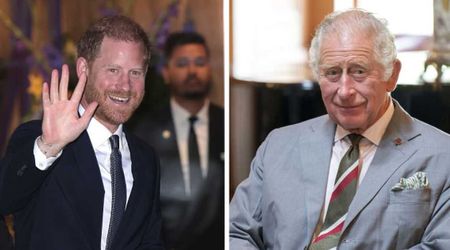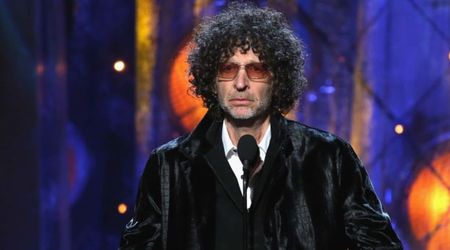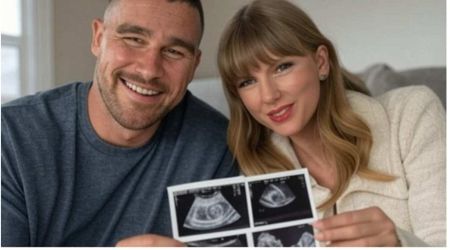Fact Check: Did Elon Musk bring an 8-year-old child out of coma using Neuralink technology?

FERMONT, CALIFORNIA: As Neuralink, the brain-computer interface company founded by Elon Musk, continues to make headlines for its futuristic tech, a viral rumor is capturing the internet’s attention. As per the claim, Musk personally supervised a medical team using Neuralink technology to bring 8-year-old Tristan Kilip out of a coma.
Neuralink, launched in 2016 by Musk and a team of eight scientists and engineers, focuses on developing implantable devices that connect the brain to computers. The company’s first public update came on March 17—but now, speculation swirls around whether this dramatic story of a child's recovery is rooted in fact or fiction.
Claim: Did Elon Musk use Neuralink tech to revive a boy?
A viral Facebook post, shared on April 14, is at the center of a growing online rumor claiming that Elon Musk helped revive an 8-year-old boy from a coma using Neuralink technology.
The post details an emotional and dramatic account of young Tristan Killip, who was reportedly left comatose for over a year following a tragic drowning accident.
The post read, “For over a year, eight-year-old Tristan Killip lay motionless in a hospital bed, his small body held in a coma since a tragic drowning accident. His parents had tried everything, including specialists, treatments, and prayer but hope was fading."
According to the story shared by a user named Jonathan Gregory, Musk became aware of Tristan’s condition through a viral post and decided to intervene.
The post claimed, "With access to advanced neural interface technology from his company Neuralink, Elon offered a radical solution. A prototype device that could reconnect and stimulate the brain’s neural pathways, potentially waking Tristan from his year long sleep."
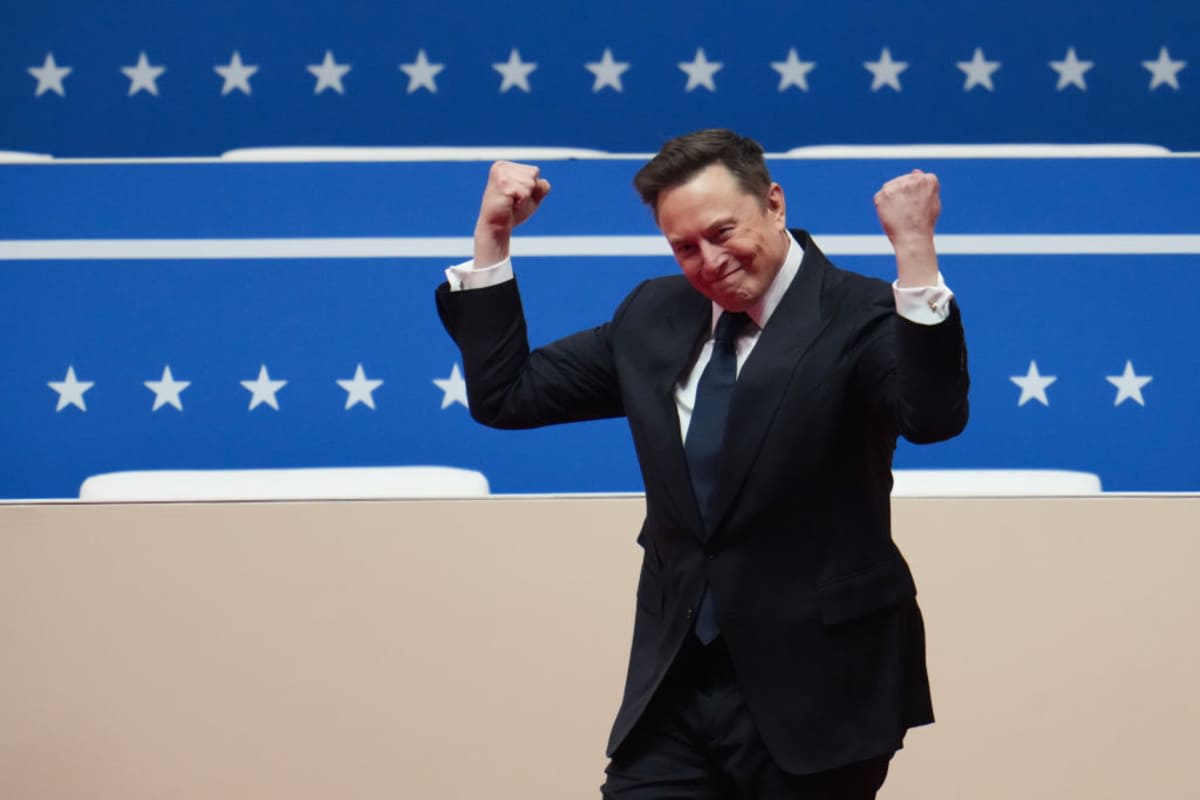
It continued with a dramatic depiction of the procedure. “The procedure was delicate and unprecedented. Elon personally supervised the team, working with the world’s top neuroscientists and engineers. The Neuralink implant was surgically placed, mapping Tristan’s brain activity and gently stimulating key areas linked to consciousness.”
The post described a turning point on the seventh day, "For days, the device sent signal, quiet pulses of hope. Then, on the seventh morning, Tristan opened his eyes. He blinked, looked around the room, and whispered, 'Mom?' Cheers broke out. Not only was he awake, he was fully restored, speaking clearly, remembering everything, even walking within hours."
It concludes with a global reaction. “News of the miracle spread globally throughout the medical community. Doctors called it a breakthrough in coma recovery science. Tristan’s recovery was complete, no brain damage, no lingering effects, just an energetic boy full of life."
"Elon Musk is hailed as a hero, not just for his genius, but for his compassion. At a press conference, Tristan hugged Elon tightly and said, 'You gave me back my life.' Elon simply smiled and replied, 'You’ve got a lot more living to do, kid,'” it added.
Fact check: False, Elon Musk did not use Neuralink tech to revive child from coma
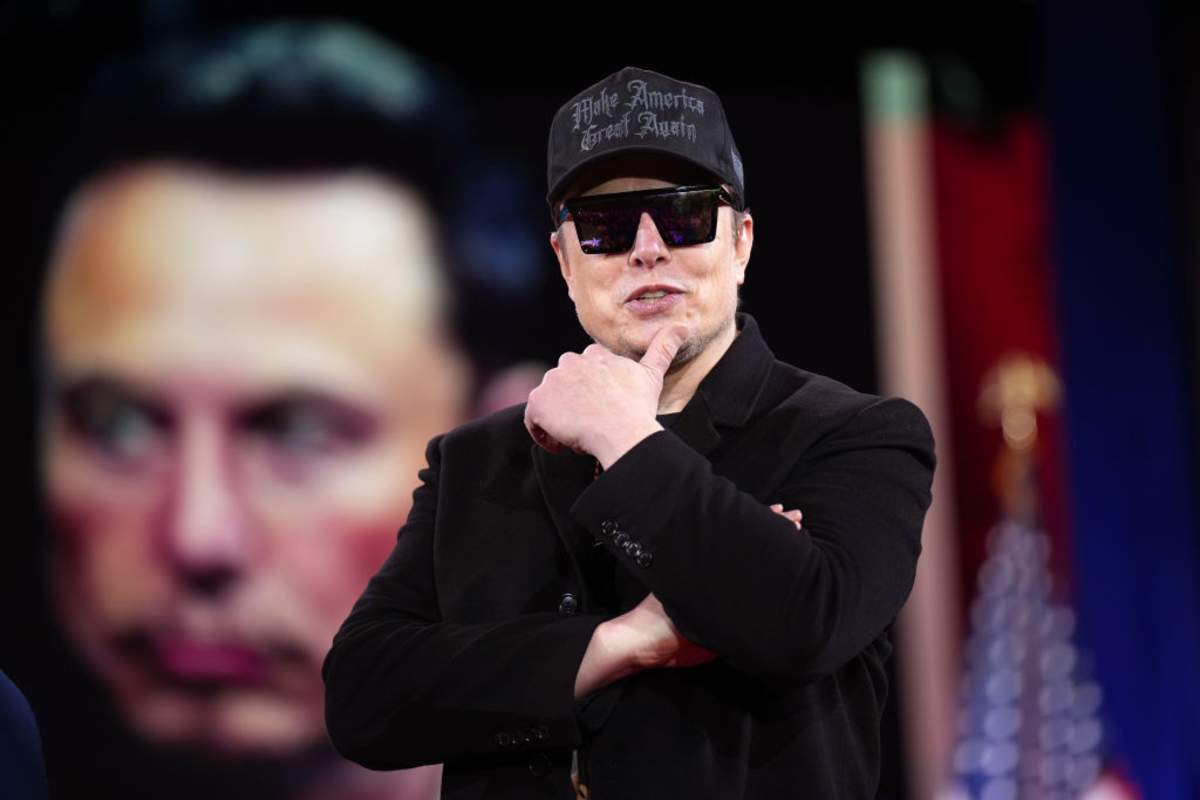
While the emotional story has touched many, it has also raised questions about its authenticity and whether any of it is based in fact.
According to Snopes, the claim that Elon Musk helped revive a boy from a coma using Neuralink technology is false. After thoroughly reviewing the evidence, the fact-checking site concluded that the story was a fabrication.
First, there is no verified evidence that Neuralink has performed a brain implant procedure on a child, nor that the company possesses technology capable of waking someone from a coma.
Secondly, a review of Google search results dated April 15, 2025, revealed that all mentions of the story traced back to the viral Facebook post itself or articles about individuals who had undergone real Neuralink procedures—none of whom were children or coma patients.
Third, Neuralink has so far provided implants to only three individuals, and none of them were underage or in a comatose state.
Fourth, the Facebook post suggested its source was "@newsmax," yet an archived version of the Newsmax website contained no such report.
Additionally, there is no record of the supposed press conference ever taking place. No credible news outlet has reported on such an event.
Taken together, this evidence strongly indicates that the story circulating online is not authentic.



